To grow beans at home on a window or balcony, you need to choose a variety for home growing. Bean flowers are pollinated independently, the rhizome is not powerful, so an ordinary pot or box will be enough. Early bush varieties are planted in the apartment.
Content
Bean Description
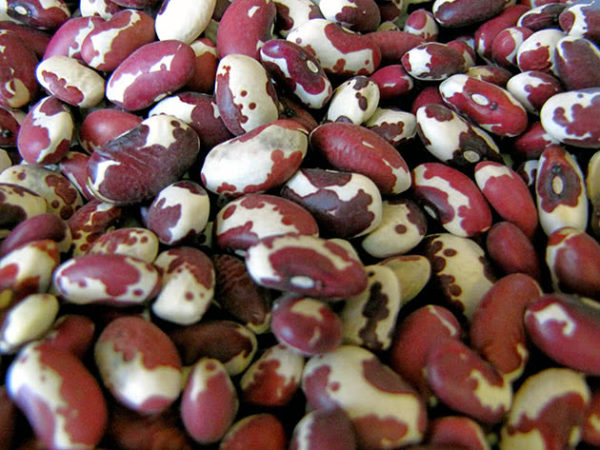
Beans contain a large number of nutrients for humans: vitamins, proteins, minerals, fats, fiber, amino acids, carbohydrates. Beans are divided into 3 types: curly, semi-curly, bush. In winding legumes, the stem length can reach 4-5 m, half-climbing plants stretch to 1-1.5 m. Bushes grow 30-70 cm tall.
Beans bloom beautifully, and it is often grown to decorate a summer cottage, it braids fences, arches, columns, creating colored compositions. Beans have large bright green leaves, flowers of different shades of a moth form. The color of flowers is white, red, black, purple. Inflorescences consist of 2-6 brushes. The size of the pods depends on the selected variety, length from 5 to 25 cm.
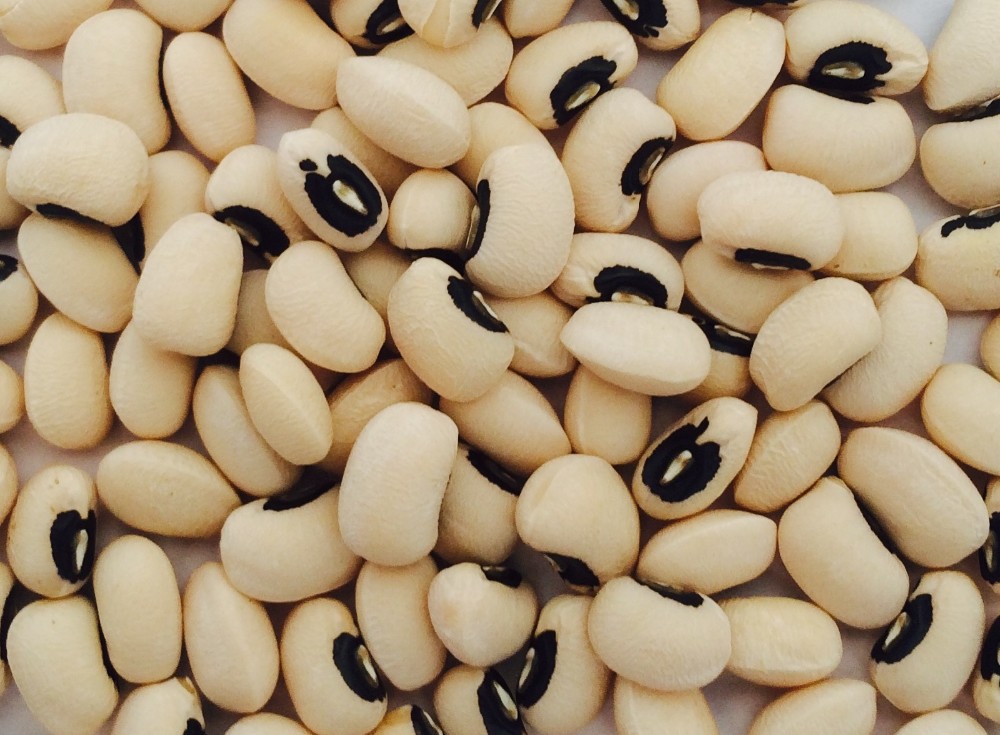 You may be interested in:
You may be interested in:Beans are shared:
- cereal - only fruits are suitable for eating, pods are not suitable for food;
- vegetable (asparagus) - the whole pod is edible, the pods are soft, sweet, they are eaten raw;
- semi-sugar - pods are consumed when they are not ripe, ripe leaves are hard;
Beans love warm and lit places. Bean sprout at a temperature of more than 10 degrees. In terms of ripening, legumes are early-ripening, mid-ripening and late-ripening. For growing beans on the windowsill, beans with early ripening are mainly used.
Bean Varieties for Home
You can plant beans at home, you need early ripening varieties, suitable containers, nutritious soil and good lighting. Compact bushes easily fit on a potted window. Climbing plants will take up a lot of space, trellis for garter.
Varieties:
- Allure is a bushy species with early ripening of 60-70 days. The fruits are long, narrow, up to 12 cm long. The allure is resistant to disease.
- Caramel - sugar, sweet, beans ripen in 55-58 days. Bushes grow 45-60 cm tall.
- Scuba-bean matures in 70-80 days. Oval green fruits 13-15 cm long.
- Household green is a productive variety, the fruits are picked 2 months after planting. Bushes up to 50 cm tall, beans 10 cm long.
- Bona - bushes grow up to 40 cm tall. The first fruits are picked in 50-70 days from the day of planting. Green beans come in different shades, 13 cm long.
- Golden Saxon - a productive variety grows in bushes 30 cm tall, beans ripen in 45-50 days. The fruiting is stretched, the fruits are yellow-green.
- Laura - asparagus beans, bushes 40 cm in length. Early ripening variety, 50-60 days to ripen. The pods are yellow.
- Neringa is a bush variety, the fruits ripen in 50-60 days. Plant height 45-50 cm. Green pods up to 15 cm long. Very tasty fruitful hybrid.
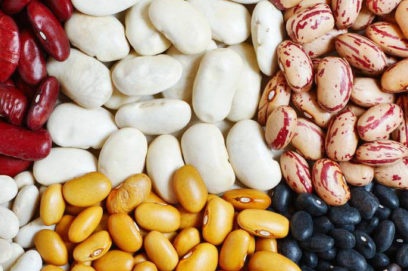
Other varieties of beans are suitable for growing on a windowsill: Fatima, Winner, Panther, Melody, Oil King, Fakir, Spaghetti.
You can plant beans in a pot on the balcony, using varieties:
- Harmony;
- Curly vegetable;
- Blue Lake.
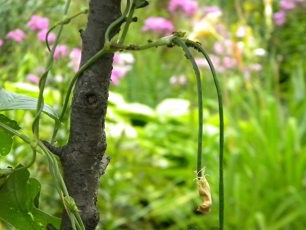 You may be interested in:
You may be interested in:Decorative hybrids:
- Speck;
- Rumba;
- Violetta.
For indoor use, hybrids resistant to diseases and harmful insects are recommended. Some types of decorative beans are used for landscaping balconies, the fruits of such hybrids are inedible.
Preparing planting material
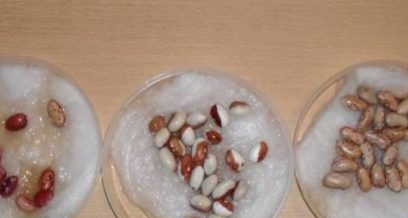
For planting legumes, choose solid, strong fruits with no signs of mold. The surface should be smooth, glossy, without signs of sagging and emptiness. Empty fruits are harvested after water procedures. Dip the seeds into the water, pop-up specimens are discarded.
Without soaking, the beans germinate for a long time, the hard shell does not allow the sprout to break through, in the cold earth they can die. Therefore, the fruits are soaked in moist tissue.
Methods of germination of bean seeds:
- Before germinating the beans for 15 minutes, put in a warm solution of manganese. Water should be 70 degrees. After the procedure, seeds are immediately planted in the ground and the earth is watered with this solution.
- Manganese is diluted in water, it is heated to 60 degrees, the prepared soil is poured with a solution and the beans are immediately planted.
- You can leave the beans for further germination in a humid environment. The cloth, gauze, cotton wool is moistened, spread the seeds on top, left in a warm place (+ 25 * C) for 2 days. Water is periodically poured, it should be at least 24 degrees. You can add growth stimulant Zircon, Epin, Energen.
Bean planting in stages
The first step is sprouting beans in wet gauze. Fruits in which sprouts did not appear are rejected. In the future, they will rise for a long time or not rise at all and die.
At the second stage, a container for planting legumes is selected. You can use pots, plastic or wooden boxes of at least 2 liters in volume. For winding varieties, buckets of 20-35 liters are suitable. The container should be disinfected with a manganese solution.
Soil preparation is the third step in bean planting. You can buy a ready-made earthen mixture, it already has all the necessary elements for the growth of legumes. And it is better to take garden soil, add humus 2: 1 and add superphosphate according to the instructions and ash (a glass of ash on a bucket of earth). The soil should be loose, light, with a pH of 6-6.5.
The fourth step is to plant the beans. It is necessary to properly grow beans at home:
- expanded clay is laid at the bottom of the container for drainage;
- pour the soil mixture so that 5 cm remains to the edge of the container;
- water the soil, if it’s a donkey, then it is topped up;
- 3 cm deepenings in the ground;
- the distance between the holes 10-15 cm;
- the beans should be planted 2 seeds per well with sprouts down at an angle, these are future roots;
- 2-3 cm of soil are poured on top;
- until the shoots appear, the container is covered with a film material;
- put the boxes in a warm place for a week;
- after 6-8 days, the beans will rise, after a month it will bloom.
With the onset of heat, the container is carried to the loggia. Basically, all varieties have long fruiting. After the first cut of the beans, the new ovaries soon grow into full-fledged pods and harvest again.
Care and watering
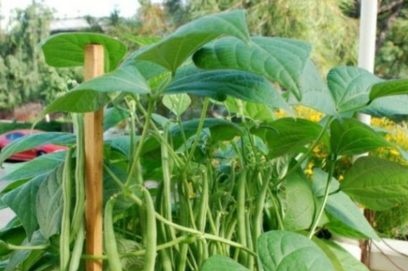
Beans at home should be properly looked after. The legume family is moisture-loving plants. Bushes are abundantly watered until the first pods appear. Water is poured under the root, moisture should not get on the foliage to avoid infection with the fungus.
Water the plants in the morning or in the evening. Watering is stopped after the first 2-3 leaves appear. Moisten the soil begin during flowering. Water 2 times a week.
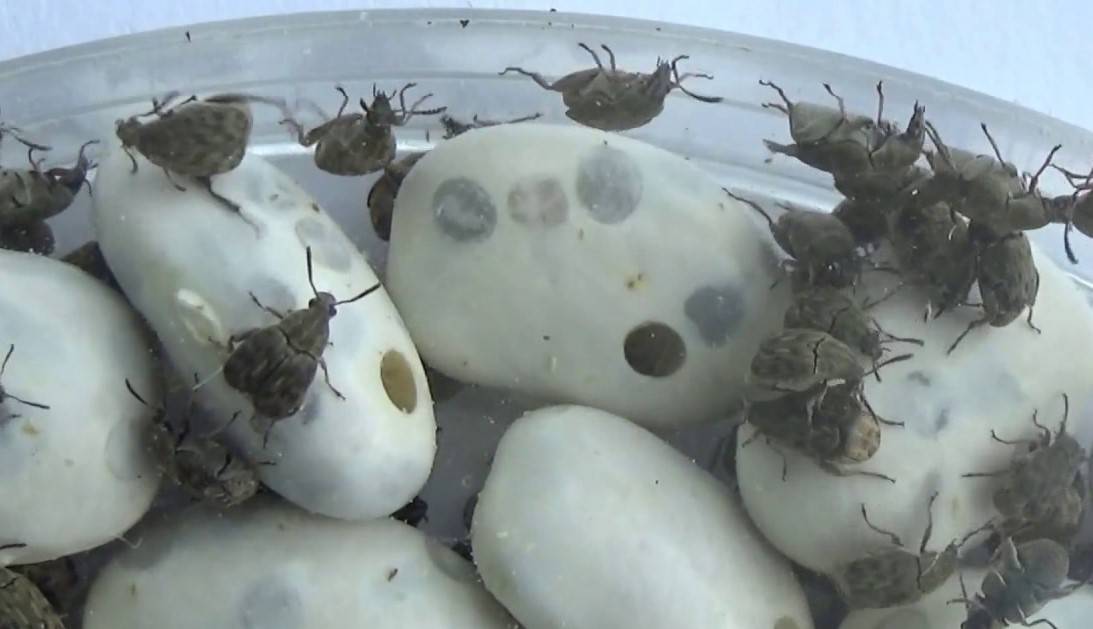 You may be interested in:
You may be interested in:As the plants grow, they stick a stick into the ground. Curly stems are tied to it. The support does not break off branches.
Adult shrubs need 12 hours of daylight, and young bushes need 14-16 hours. During this time, flower buds have time to form. In winter and on cloudy days, additional lighting is connected.
Bean top dressing
In the apartment, manure or litter will cause an unpleasant odor. Humus introduced into the soil before planting will be enough not to use organic matter for a long time. During bud formation, organic additives are contraindicated. Plants need trace elements and potassium. All these necessary components are contained in the ash, it is poured onto the surface of the earth, loosened gently and watered by bushes.
The stores sell natural fertilizer - horse manure extract. The product is odorless, beans respond well to such top dressing.
Diseases and Pests

Beans can become infected with viral anthracnosis, black leg, and gray rot. Viral diseases are not treated. Bushes and land are disposed of until the infection has spread to neighboring plants. If bacteriosis affects individual leaves, they must be removed and burned. When the roots are affected by the fungus, the plant is removed, the soil is treated with Bordeaux liquid. Fungal infections are controlled with fungicides, watering is reduced, since moisture promotes the spread of fungi.
The danger to beans is bean kernels. If legumes grow near houseplants, then aphids, spider mites or thrips can cross over to bushes.
Freezing dry beans rescues from the grain. You need to keep the seeds in the freezer for 2 days at a temperature of -15 degrees. For other pests, biological products that are safe for humans and animals are used.
First harvest
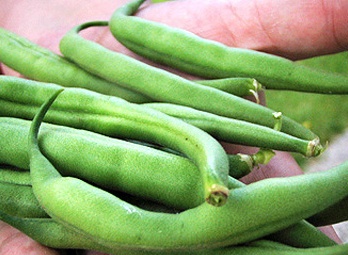
Ripe pods are dense, with pronounced outlines of the fruit. Asparagus varieties are cut immature 2 weeks after flowering. After all, they are tasty and sweet in the "milk" state. If seeds are needed for planting, the beans are left on the bushes until they are fully ripe. The bottom pods are cut first, the leaves turn yellow and become stiff.
To grow beans at home, it is enough to plant 7-8 bushes, and 4-5 plants of climbing species of beans on the balcony to provide themselves with a legume crop for the season. After collecting the fruit, the containers are freed from the ground and prepared for planting new plantings.
Do not be afraid to plant beans at home on the windowsill, where space is limited and there is not enough daylight. The technology for growing legumes is the same as in the greenhouse. If you create favorable conditions and proper care for the plants in the apartment, you can harvest no worse than in the open ground.

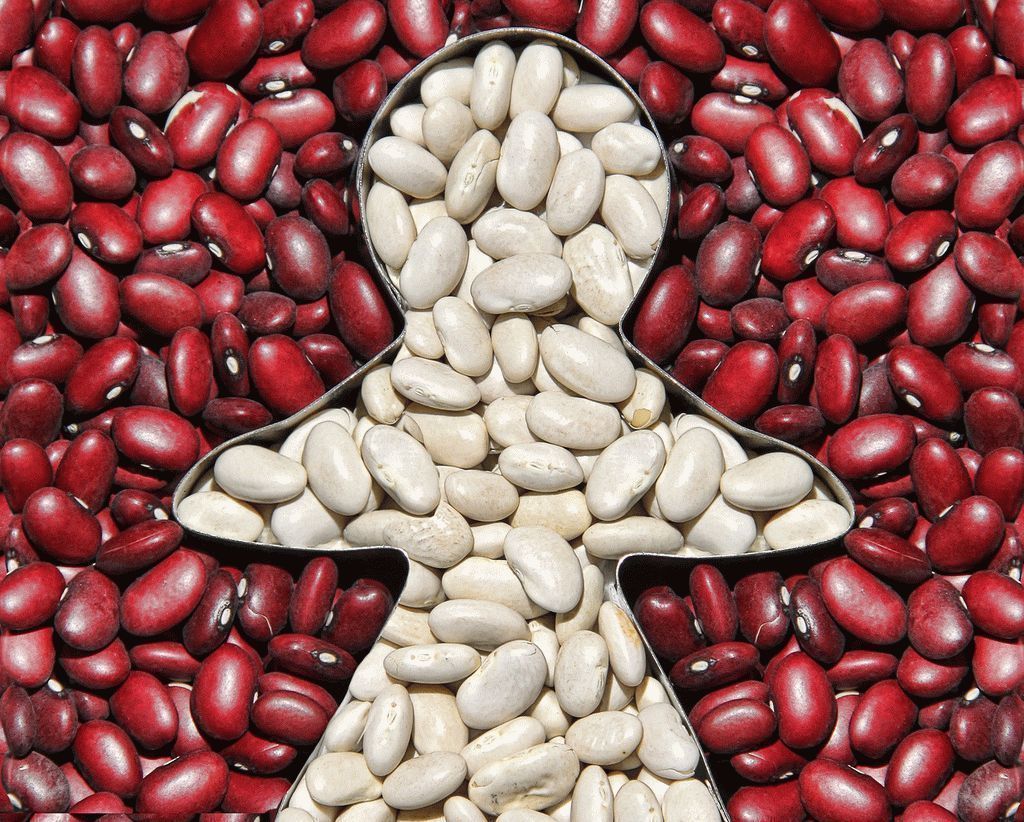
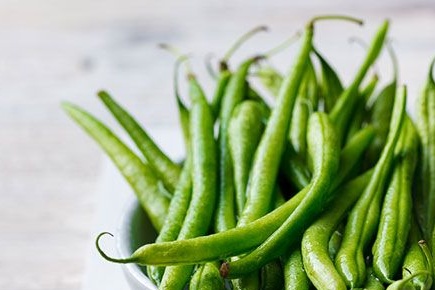
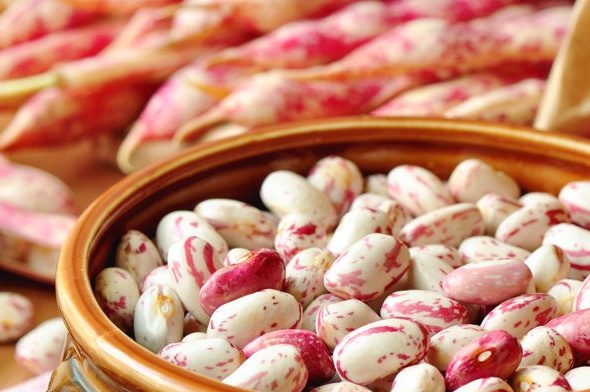
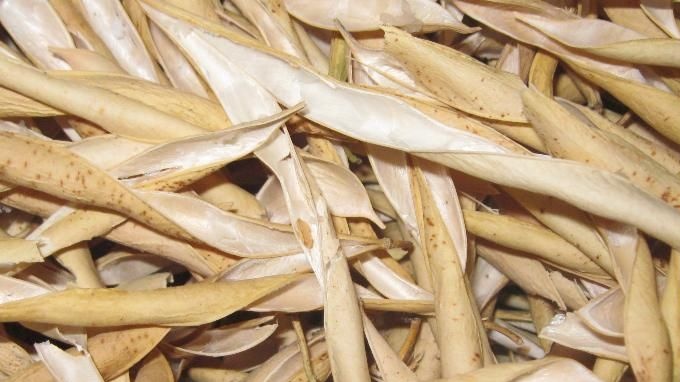 Bean flaps: useful properties, contraindications, benefits and harms
Bean flaps: useful properties, contraindications, benefits and harms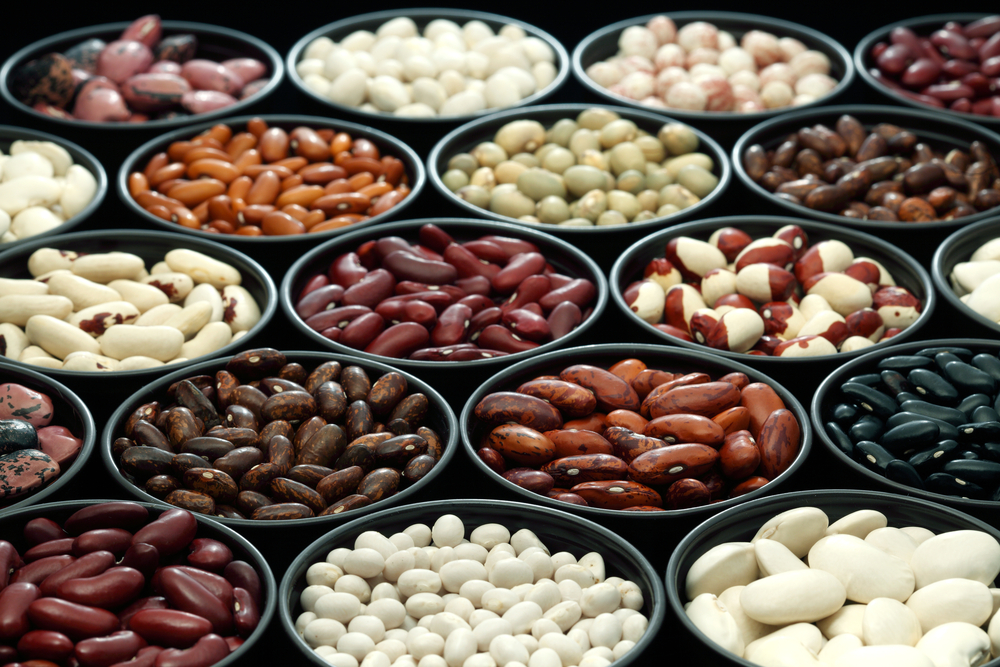 Beans for the body: composition, benefits, contraindications
Beans for the body: composition, benefits, contraindications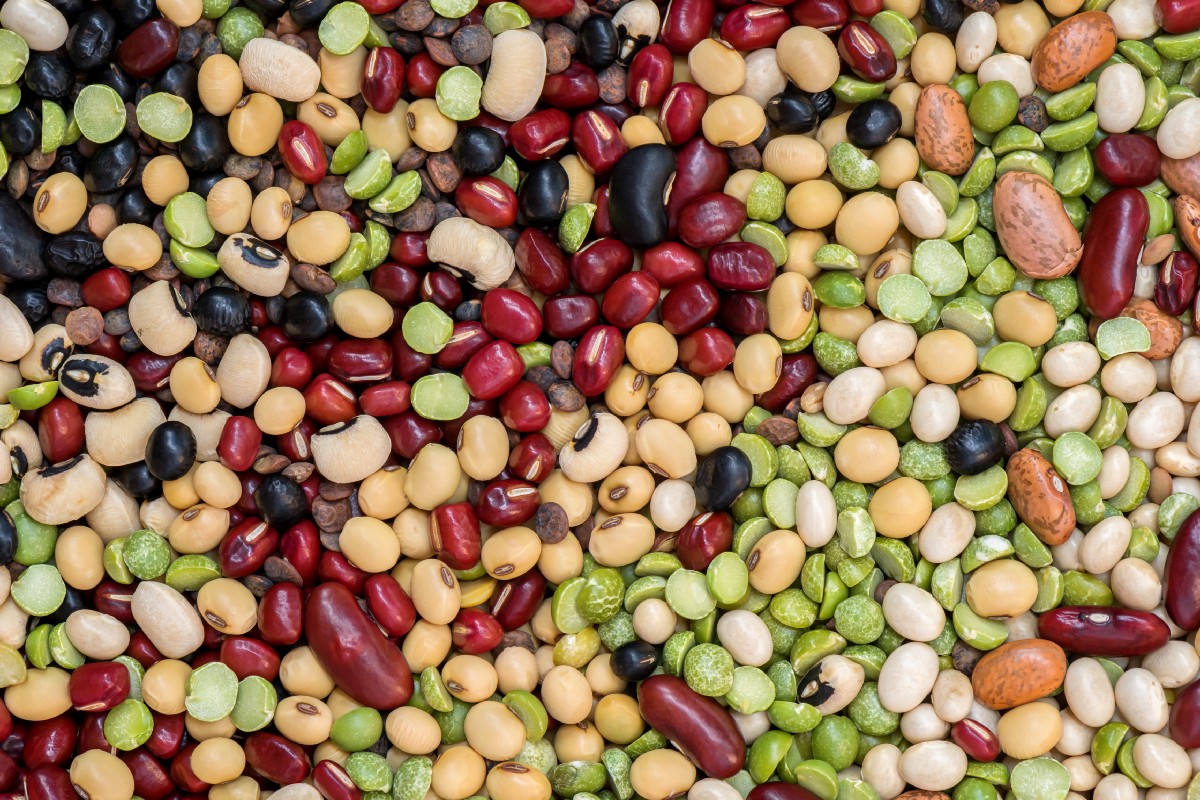 Types and varieties of beans: their name, description and photo
Types and varieties of beans: their name, description and photo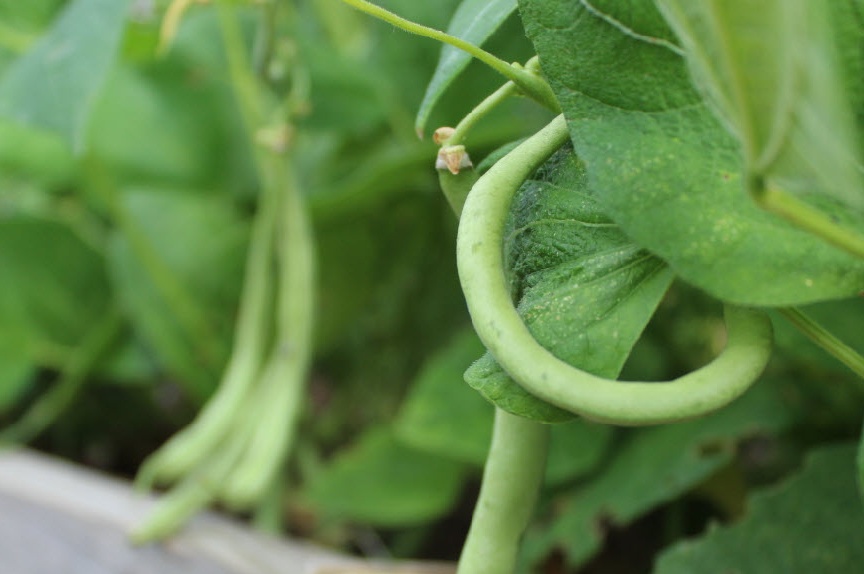 Description and photos of popular varieties of asparagus beans
Description and photos of popular varieties of asparagus beans